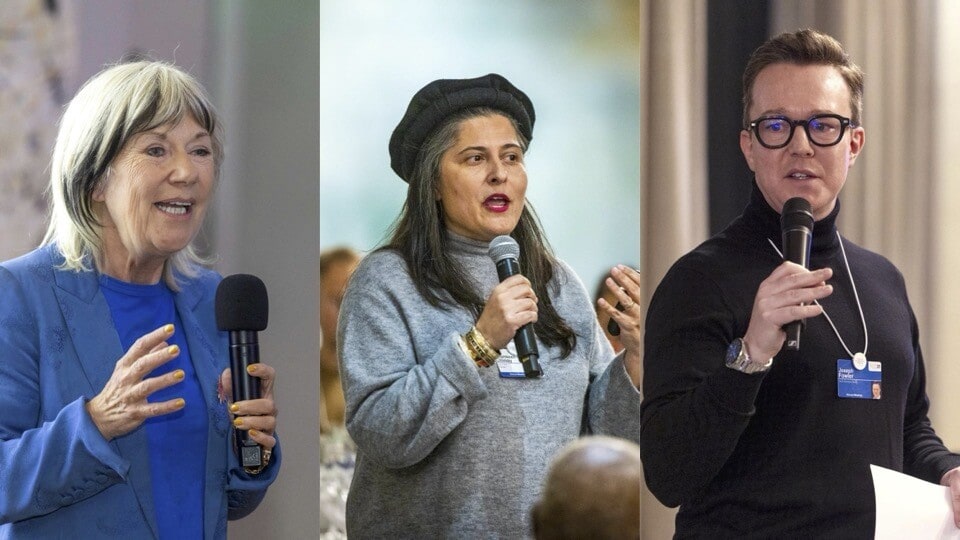The history of the 5 billion emojis used every single day

The first emojis were produced in 1996. Image: Unsplash/Markus Winkler
- 2020 saw the release of 117 new emojis, bringing the total up to 3,136.
- By 2021 this figure is set to grow to 3,353.
- It's estimated that 5 billion emojis are used every day on Facebook and in Facebook Messenger alone.
- The most used emoji on Twitter and Facebook is the crying with laughter emoji, whilst the heart is the most popular on Instagram.
2020 saw the release of 117 new emojis including the bubble tea, the placard and the transgender flag, growing the number of the popular pictograms to 3,136. Already, 217 new emojis have been announced for release in 2021, which will up the number to 3,353. Users can look forward to start sending emojis like the flaming heart, a bearded woman and interracial couples later in the year.
What emojis appear on people’s phones and on their social media platforms is not arbitrary but has been coordinated by the Unicode Consortium since 1995, when the first 76 pictograms were adapted by U.S. nonprofit. The Consortium has been overseeing the character inventory of electronic text processing since 1991 and sets a standard for symbols, characters in different scripts and – last but not least – emojis, which are encoded uniformly across different platforms even though styles may vary between providers.
Even though the first Unicode listings predate them, a 1999 set of 176 simple pictograms invented by interface designer Shigetaka Kurita for a Japanese phone operator is considered to be the precursor of modern-day emojis. The concept gained popularity in Japan and by 2010, Unicode rolled out a massive release of more than 1,000 emojis to get with the burgeoning trend - the rest is history.
Different skin colors have been available for emojis since 2015. 2014 saw the release of the anti-bullying emoji "eye in speech bubble" in cooperation with The Ad Council, which produces public service ennouncements in the U.S. Same-sex couples and families have been available since the first major emoji-release in 2010.
Today it is estimated that more than 5 billion emojis are used every day on Facebook and in Facebook Messenger, with New Year’s eve being the most popular day to use them, according to the social network. The most popular emoji on Facebook, as well as on Twitter, is the “laughing face with tears of joy”, as it is officially called, while the heart emoji reigns supreme on Instagram.
Don't miss any update on this topic
Create a free account and access your personalized content collection with our latest publications and analyses.
License and Republishing
World Economic Forum articles may be republished in accordance with the Creative Commons Attribution-NonCommercial-NoDerivatives 4.0 International Public License, and in accordance with our Terms of Use.
The views expressed in this article are those of the author alone and not the World Economic Forum.
Stay up to date:
Social Media
Related topics:
Forum Stories newsletter
Bringing you weekly curated insights and analysis on the global issues that matter.
More on Arts and CultureSee all
Elena Raevskikh and Giovanna Di Mauro
October 22, 2025







